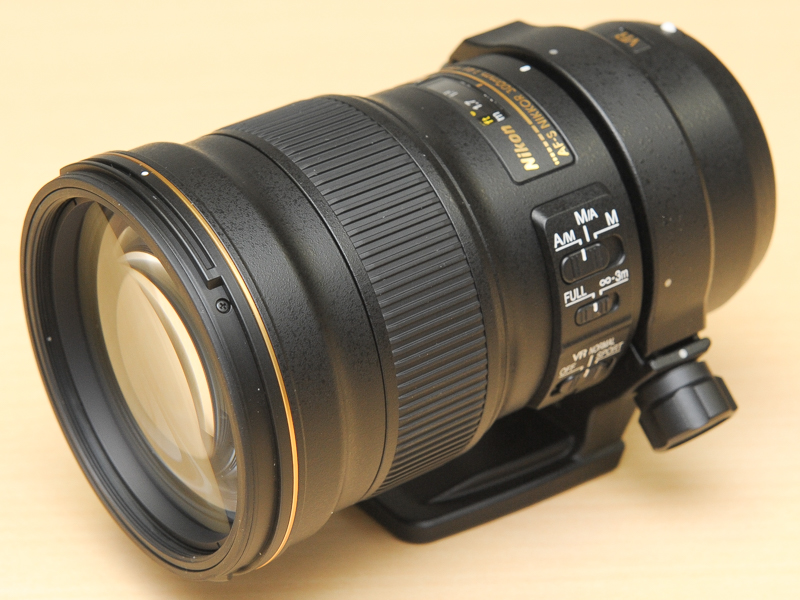Midway
Well-known member
I have never owned or researched a Nikon PF lens. The rumored 600 PF lens has me interested in what that means now and for future lens development. The little research I have done seems to indicate PF allows smaller and lighter elements while maintaining quality. Since PF has only been around for a few years, how will Nikon develop this moving forward?
The top tier Z 400 f2.8 TC and 600 f4 TC lenses do not have PF elements nor does the 400 f4.5. That tells me that if the higher end lenses don’t use PF, while a great way to maintain quality with lighter lenses, PF is still not the best glass Nikon offers.
I am looking for a lighter lens for longer hikes and my current 600 f4 TC and 180-400 TC are large and heavy. I’m leaning towards a 400 f4.5 for a casual hiking lens but curious what the new 600 PF will offer since I rarely find 600 too long but also find myself in trees and low light while hiking.
Since PF is so new, it will be interesting to see how Nikon will advance this relatively new technology and if it will make its way into the exotics.
The top tier Z 400 f2.8 TC and 600 f4 TC lenses do not have PF elements nor does the 400 f4.5. That tells me that if the higher end lenses don’t use PF, while a great way to maintain quality with lighter lenses, PF is still not the best glass Nikon offers.
I am looking for a lighter lens for longer hikes and my current 600 f4 TC and 180-400 TC are large and heavy. I’m leaning towards a 400 f4.5 for a casual hiking lens but curious what the new 600 PF will offer since I rarely find 600 too long but also find myself in trees and low light while hiking.
Since PF is so new, it will be interesting to see how Nikon will advance this relatively new technology and if it will make its way into the exotics.







